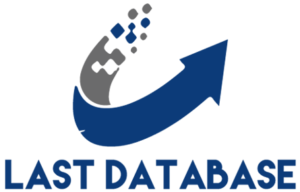Social media can be the biggest driver of your company’s engagement strategy, and it is also very practical to measure engagement in this area, since it is marked by constant interactions.
Even networks like Facebook have algorithms that calculate this indicator to give greater reach to publications , such as showing status or profile updates to a greater number of followers, for example.
An almost “standard” formula for determining Engagement
on social networks , known as Engagement Rate, consists of dividing the total number of interactions during a certain period by all the posts made during that period.
This result must then be divided by the total number vietnam phone number data of followers of the company on the social network in question, and finally multiplied by 100.
This allows us to evaluate the relevance of a brand in the environment of a social network, but it is worth going further.
It is also important to evaluate the characteristics of the interactions. For example, you can establish an average of “Likes” and “Dislikes” on posts, to know the acceptance of them and the impact of the tone of voice and messages.
Engagement on a blog
With tools like Google Analytics , you can track different metrics that have a direct relationship with Engagement .
We talk about indicators such as:
Bounce rate
In the web and digital world, a bounce occurs when a user leaves a website after having viewed only one of its pages, without interacting with other pages on the domain.
When the bounce rate is minimal, it is logically positive for engagement.
Duration of sessions
It is nothing more than the average time that users spend browsing your website.
A high average duration can be synonymous with the blog’s ability to engage, as long as the number of pages visited per session is also high.
Pages visited per session
There’s not much to explain: as its name suggests, it’s the number of pages that users visit when browsing your blog .
If this average is high, and is coupled with a high average session duration, it means that they are captivated by the blog and interact with multiple articles and materials in a single session.
Conversion rate
This fundamental metric in Digital Marketing and Content Marketing focuses on the percentage of users who carry out positive actions for the commercial process.
In the case of the blog, you can calculate the percentage of visitors who share contact information and subscribe to news and other features, becoming Leads .
Backlinks
These are the links that a website obtains from another website, which have a positive impact on SEO and are a reflection of authority, positioning and Engagement.
All of the above is valuable, but they are still “cold” numbers.
Therefore, in addition to following the above metrics, measure the number of comments your posts receive and, above all, what they say and what positive or negative patterns are present in them .
Monthly active users
This is the number of users who actively interact with a contact lists service, product or communication channel. It is important that you follow how this statistic evolves or changes month after month.
Frequency of use
ves to reactivate users who have forgotten about your product or service.






